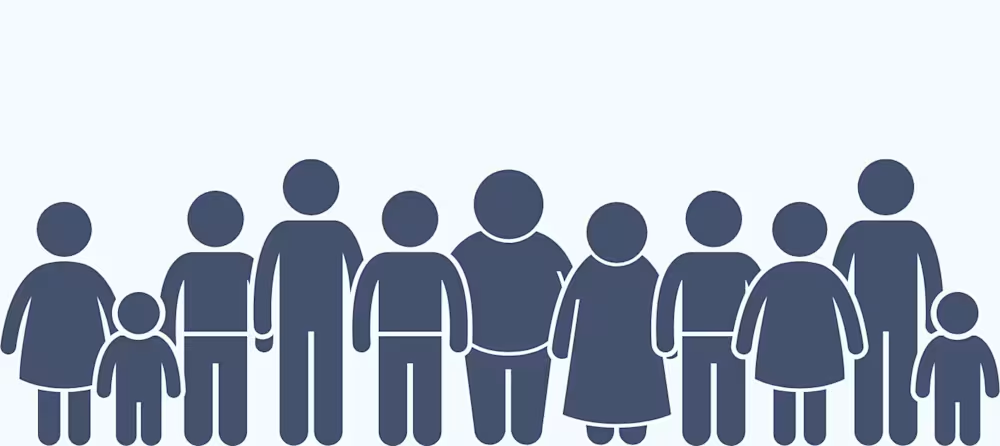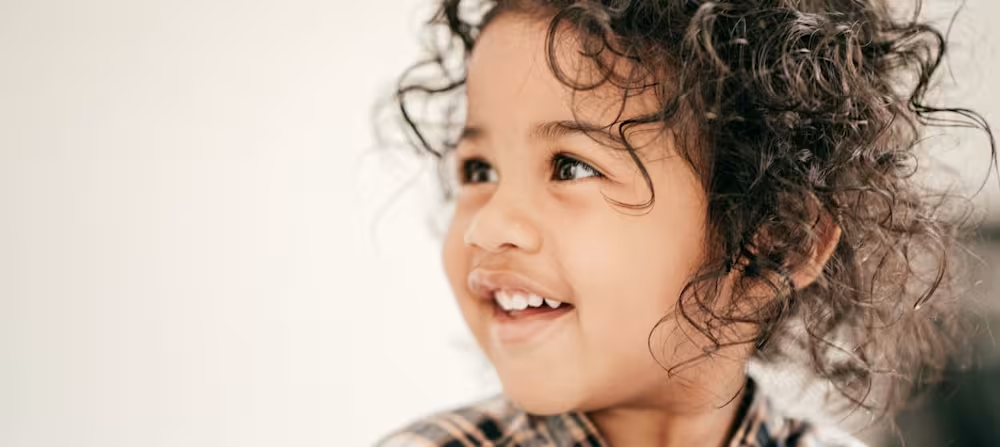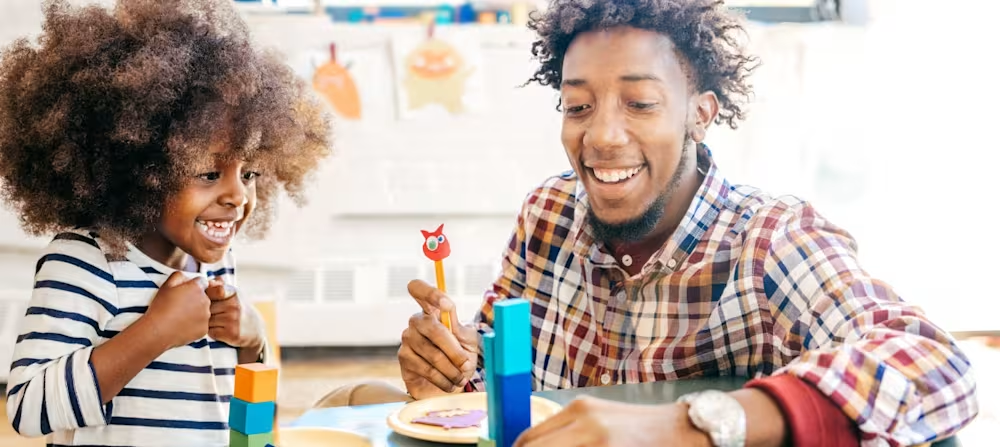Embracing the world: Introducing cultural diversity to your kids
Updated Jan 02, 2026

Many families feel that teaching children about different cultures and traditions is more important now than ever before. Cities, communities, schools, and neighborhoods are becoming more and more diverse, which creates lots of opportunities to embark with your children on a journey to explore the kaleidoscope of cultures that make our world so wonderful.
It’s common for caregivers to wonder how and when to approach cultural differences with their kiddos. Children can be very observant and are quite good at spotting differences at a young age. The key is to recognize that embracing these differences can enrich their worldview and contribute to their personal growth.
In this blog, you will find a list of ideas and fun ways to teach kids about cultures and celebrating diversity.
Table of Contents
Why cultural diversity matters for kids
Embracing diversity at home is important because it gives children the social skills necessary to thrive in a community environment []. Learning about other people’s differences helps children build tolerance, respect, and empathy.
Discussing differences as a family is also a great way to help children understand that it is OK to be different and that it is appropriate to talk about what makes us different. Acknowledging differences and promoting an environment of inclusiveness also helps children build self-esteem.
Festivals and celebrations for young minds
Every culture has its unique celebrations, and with so many cultures around the world, there are ongoing celebrations year-round.
Make plans with your family to participate in parades or festivals in your community that celebrate important holidays from around the world, like Diwali, Dia de los Muertos, or the Lunar New Year. Highlight the fun aspects, colorful traditions, and exciting celebrations that make each festival unique.
Culinary adventures for little chefs
Food is one of the most fun and tasty ways to learn about a new culture. Choose a day of the week when the menu is designed to not only introduce your family to a new cuisine but also to learn about where the dish comes from, the culture, and the traditions around it.
Arts and crafts across cultures for kids
Learning through play and art is a great way to teach children about different cultural traditions. A quick online search can give you ideas on fun and easy crafts you can make at home with your kids to encourage them to learn about different cultures. If you have museums or cultural centers near your area, these usually host special events and activities for kids geared around seasonal traditions.
Language discovery for kids
Exposing children to different languages at an early age has proven to give them many advantages [], especially when it comes to cognitive development. Find bilingual books in your local library or bookstore or use your designated screen time to expose your child to a different language by selecting the main audio in a language other than your family’s primary language! Exposing your child to a second language at home is not only good for them, but good for you as well. Exposure to a different language helps broaden your perspective of the world plus you can pick up on basic words and phrases to help you communicate with others. An additional benefit is that learning a new language can help improve exposure to learning others [].
You could also teach basic words or phrases in a way that feels like an exciting game. Some examples include:
Language scavenger hunt: Create a list of words in different languages and have your kids find them around the house.
Language memory game: Create a memory game using words in different languages with flashcards.
Global adventures in stories
Books and storytelling can be a great part of your , and it's the perfect opportunity to share multicultural stories and folktales with your kids. Diverse literature helps children understand others better []. Many folktales have important teachings about values, so let them embark on imaginary journeys that teach valuable lessons about diversity and understanding.
Creating a cultural home for your children
As your children grow, involve them in the planning of family theme nights, where you can dive into different cuisines, visit restaurants, or listen to music from various cultures. If they have classmates or friends who belong to different cultures, inviting their families over for playdates or dinner is also a great way to embrace diversity and create a cultural home.
Takeaway
Our children are growing up in a “super-diverse world” and it is our responsibility to show them how fun and exciting learning about different cultures can be. Just like any other skill, children learn best through play and example, so remember to always use games, crafts, books, and activities to instill the love of diversity and to foster curiosity and appreciation for the rich tapestry of our global community.
Cultural diversity for kids FAQ
Share article:
Note: The content on this site is for informational purposes only and should not replace medical advice from your doctor, pediatrician, or medical professional. If you have questions or concerns, you should contact a medical professional.
5 Sources
Table of Contents
Share article:






